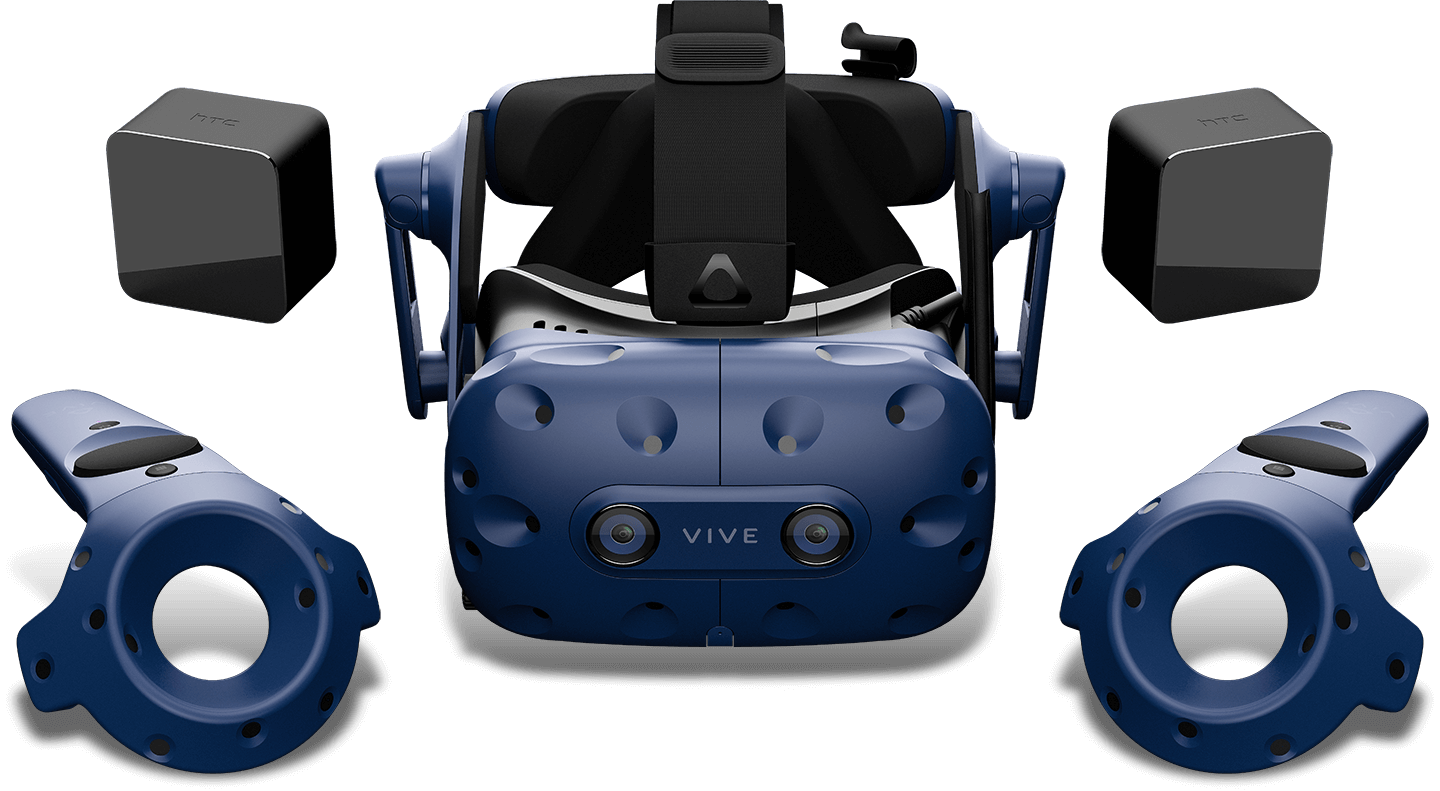- Professional-grade VR designed for classified environments that require Authority to Operate (ATO)
- Being able to create realistic avatars for virtual meetings removing the need for travel
- Improved design processes allowing users to make changes flexibly
- Cost savings on manufacturing and transporting physical prototypes
- Immersive demonstrations of concepts and ideas
Collaborate effectively with colleagues across multiple sites
VR can change how secure organisations operate. For example, VR-based meeting and collaboration tools will allow teams across the world to work together in real-time. VR allows for life-like avatars, 3D sculptures, versatile presentation formats, and much more. Now more than ever, collaboration tools benefit every industry. Secure organisations are constantly faced with unprecedented circumstances, where often travel to meet with colleagues is required but not viable due to both time and cost restraints, VR offers an effective solution to this.Getting the most out of the design process
It’s paramount that organisations currently requiring ATO can develop at an effective and fast pace. To successfully maintain security levels, design workflow outputs need to be increased by innovating and working collaboratively. Utilising premium VR tools allows designers to quickly sketch 3D designs and render their ideas as fully-visualised 3D designs at a conceptual stage. This allows designers and engineers to share their ideas in a realistic form. A lot of VR design apps allow collaborators across the globe to work on the same design regardless of where they are. This invigorates the process and provides an arguably better output than solo work.Removing the need for physical prototypes
In most cases design workflows begin with sketches which eventually end up as final products. By the time a design takes its 3D form for the first time the original concept would have gone through multiple iterations. In addition to this, both end user preferences and competitor offerings make it almost impossible to consistently create physical 3D prototypes cost effectively. There are several VR design platforms that make it possible to create these prototypes in virtual environments, meaning secure organisations can modify and correct easily and cost effectively.Experience immersive ideas and concepts
Unlike any other tool or medium, VR can connect and engage remote teams and employees as if they were together in the same physical room. Secure organisations regularly pioneer new ideas and often need to demonstrate concepts that would usually be delivered face to face. Having accurate avatars and stereo sound, really add to the feeling of complete immersion. The future of work is rapidly becoming more global and remote and VR is the solution needed to succeed in this new reality.How can secure organisations access VR?
HTC Vive recognised the need for secure environments to reap the benefits of VR. 2020 saw HTC undergo development to certify a Vive Pro Secure deployment headset able to receive ATO in a classified environment. The Vive Pro Secure headset delivers premium VR, ensuring optimal performance while restricting all radios, cameras and wireless communication functions. A letter of volatility, hardware modifications and TAA compliance documentation for the Vive Pro Secure has also made available to meet the needs of secure environments.



















